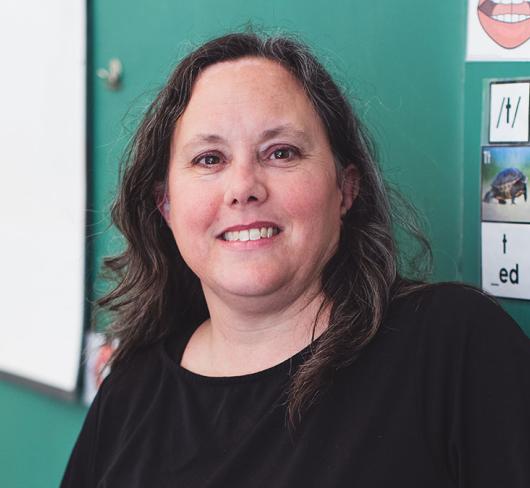Celebrating December 3, the UN International Day of Disabled Persons
On December 3, we celebrate the UN International Day of Disabled Persons - a day set aside to increase awareness and understanding of disability issues and trends, and to mobilize support for practical action at all levels, by, with and for persons with disabilities.
Persons with disabilities are able and willing to contribute to the economic, political, and cultural life of their communities, but they still face many barriers. These barriers must be eliminated to ensure that people with disabilities, their families and their communities; can participate to their fullest potential in all aspects of life.
Disability affects everyone, regardless of race, sex, religion, or socio-economic status. At any point in life, an individual may become disabled. Many disabilities, such as learning, mental health, and intellectual, are invisible. As teachers, we have the opportunity to enlighten our students about the struggles encountered by persons with disabilities. We can teach our students to celebrate the diversity of our society and to treat all individuals as equals. By talking with our students about disabilities, we can foster an atmosphere of acceptance of differing abilities. We can work together to build an inclusive, barrier-free environment in the classroom, in the school, and in the broader community.
Use these activities and lesson plan to raise awareness of disability issues. These activities will allow students to experience some of the obstacles a disabled person faces each day and will encourage them to remove barriers to integration.
Student Activity
Scenario: In our city, we have a young university graduate who happens to have cerebral palsy. This young man enjoys the company of his dog on daily long walks in the park. However, being confined to a wheelchair, he is unable to abide by the city's "Stoop and Scoop" bylaw requiring the removal of dog droppings by dog owners.
Activity: Design a practical tool that would assist this man to walk his dog and abide by the city's bylaw. Draw up a plan, calculate measurements and, using creative materials, make a prototype of the tool. Test the tool in the schoolyard, or take it to a park for a test. Once you have created an effective tool, share it with someone who uses a wheelchair or with a community organization for disabled people.
This activity may be adapted to any disability. Tools or devices may be designed to assist the daily living of any disabled person.
School Visits
Invite a disabled sports team such as a basketball, or a volleyball team, whose players use wheelchairs, to visit your school on December 3 for a game against a student team, or a game against the teachers. You will be surprised at the ability of these team players. It will be an enlightening experience and provide an enjoyable way for students and teachers to learn about the abilities of people who are considered to be disabled in our society.
Invite a speaker from a community organization for people with disabilities. A list of community organizations can be found at The Canadian Disability News Website at www.signersnetwork.com, under the Ontario link. These organizations would appreciate the opportunity to talk with students about the challenges they experience in daily living and the ways they manage to cope despite their disability.
Cheryl MacMillan is a teacher with the Niagara DSB.

